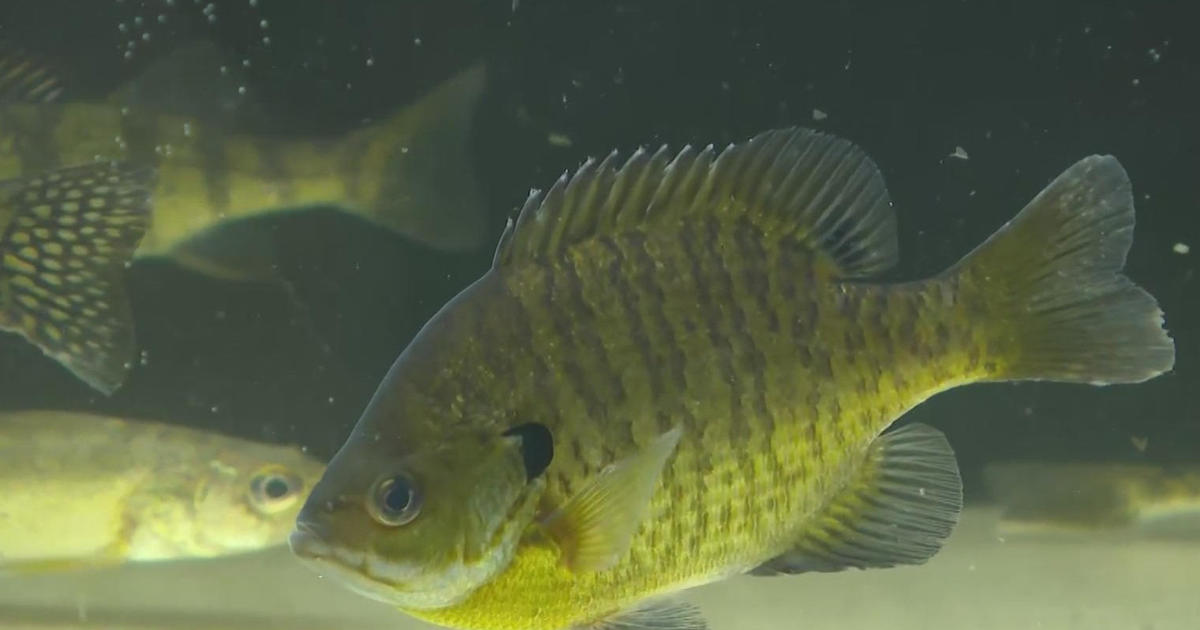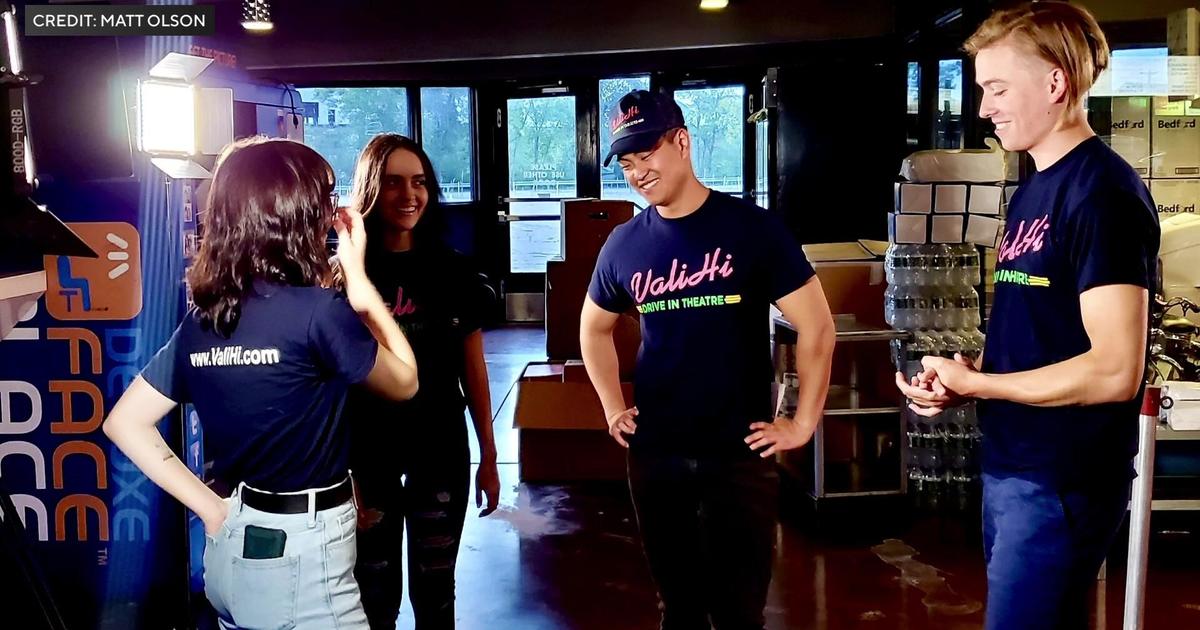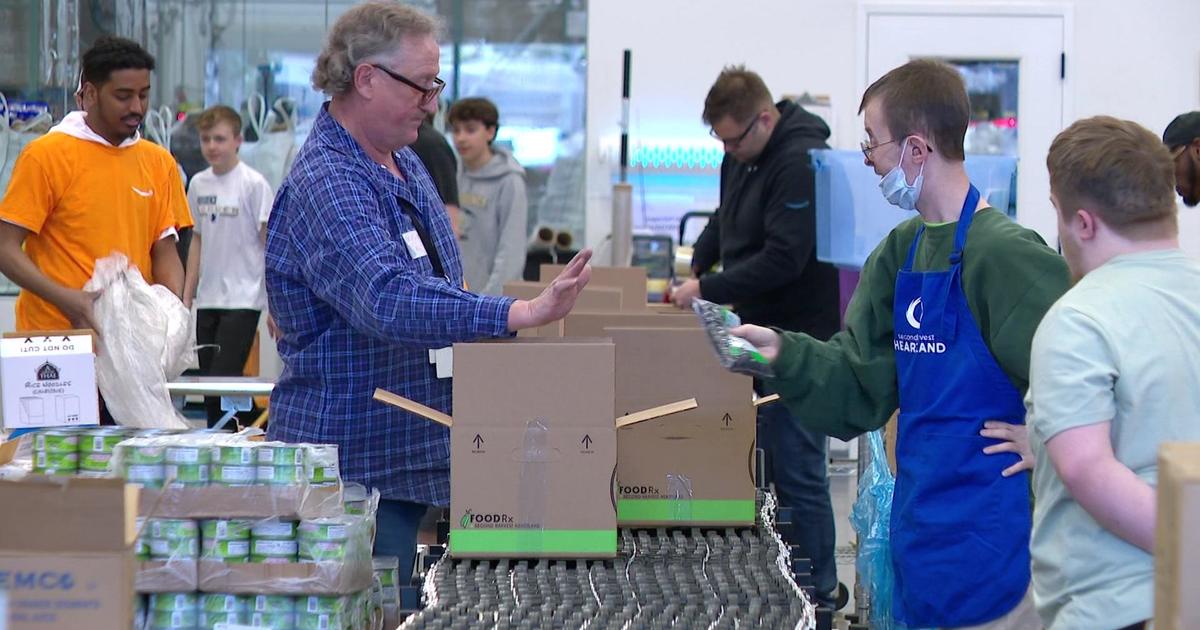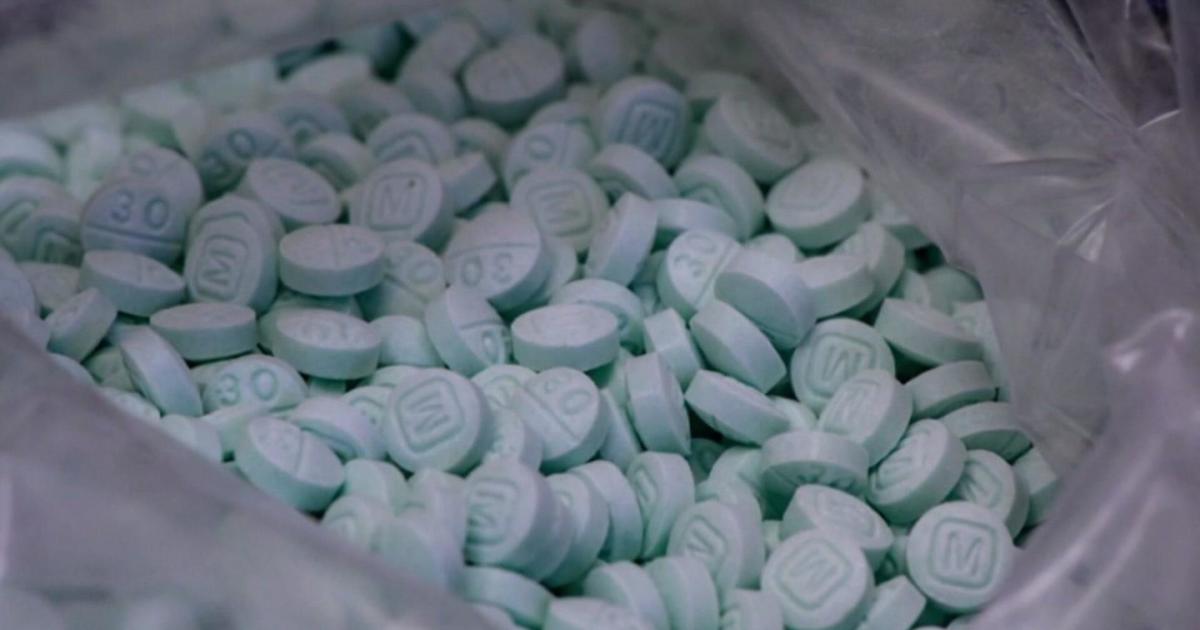Health Watch: New Eye Procedure Could Make Reading Glasses Extinct
MINNEAPOLIS (WCCO) - Whether you love them or hate them, you may need them to read.
"Cheaters," as they are sometimes called, are those reading glasses you can buy at most drug stores without a prescription.
But in a couple of years, you may be able to ditch those glasses for good.
The FDA is studying a new eye procedure that corrects vision for reading.
And a Twin Cities clinic is one of only three places in the nation that's part of the clinical trials.
It happens to everyone: As we age, the internal lenses of our eyes have a hard time focusing.
"As we get into our mid-40s," said Dr. Ralph Chu, a Bloomington ophthalmologist. "Everyone--whether you had good vision or not when you were young--has that stiffening of the lens that causes vision problems."
The condition is called presbyopia. It's when you have difficulty seeing things close up like newspapers and menus, but do just fine when objects are far away.
Until now doctors could only recommend reading glasses.
Valerie Martel of Burnsville has about a dozen pairs of reading glasses.
"If you really stop and think about it, they are a real nuisance," she said. "You've got to have the darn thing sitting on the top of your nose. ... I had one by the computer at work, I had one at home. I like gourmet cooking, so I had one in the kitchen. I must have had 10 or 15 pairs."
But now, Valerie has the Raindrop Near Vision Inlay--the tiny, implantable contact lens being tested by the FDA.
Dr. Chu is Valerie's ophthalmologist and the owner of The Chu Vision Institute in Bloomington.
"The way the Raindrop Cornea Implant works is by causing a slight change in the shape of the cornea, which allows light to be focused better for reading," he said. "If something like this, a corneal inlay, can be approved by the FDA, this will be bigger than Lasik in the ophthalmology community."
Like Lasik, the surgery requires the creation of an opening in the cornea.
A tiny contact lens, just 2 millimeters in diameter, is then placed inside. The procedure takes about 10 minutes.
Dr. Neal Sher, an ophthalmologist who specializes in corneal surgery, emphasized there is always some risk with surgery.
"The cornea has to be split open, a little lens has to be put in," he said. "Our concerns are, Will they move or migrate? Will they affect the corneal health?"
He said that even if the procedure is approved the by the FDA, patients should exercise caution.
"We are not doing this on 21-year-olds," he said. "Presumably you're doing it on 50-year-olds, who are already starting to get dry eye."
It's been five years since the first clinical trial began on the Raindrop, and Dr. Chu said so far, it's looking good.
"We are very optimistic," he said. "You never know when it comes to the government, but the results are excellent."
And Valerie is a happy patient with 20-20 vision.
"I'm free!" she said. "I can read, and I don't have to be looking for glasses, and it's helped on my job. It's helped in just being able to do what I want to do."
Some countries in Europe have already approved the implant.
Dr. Chu believes it's about two years away from approval here, and he says the cost will be similar to Lasik.
His clinic needs more volunteers for the latest phase of testing--specifically, patients who've already had cataract surgery.



